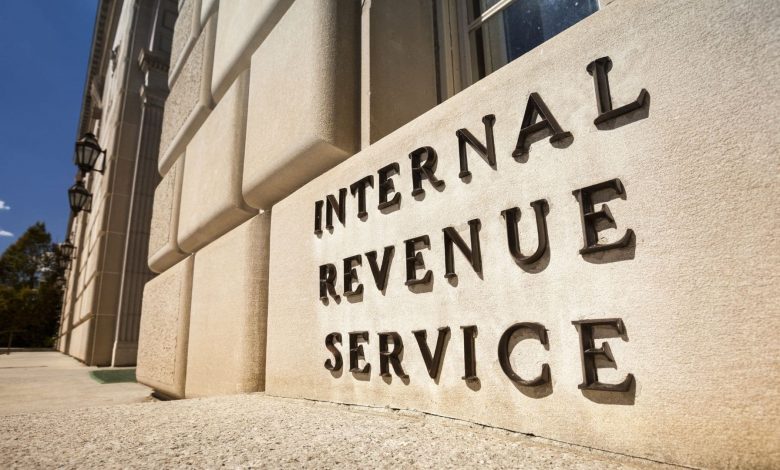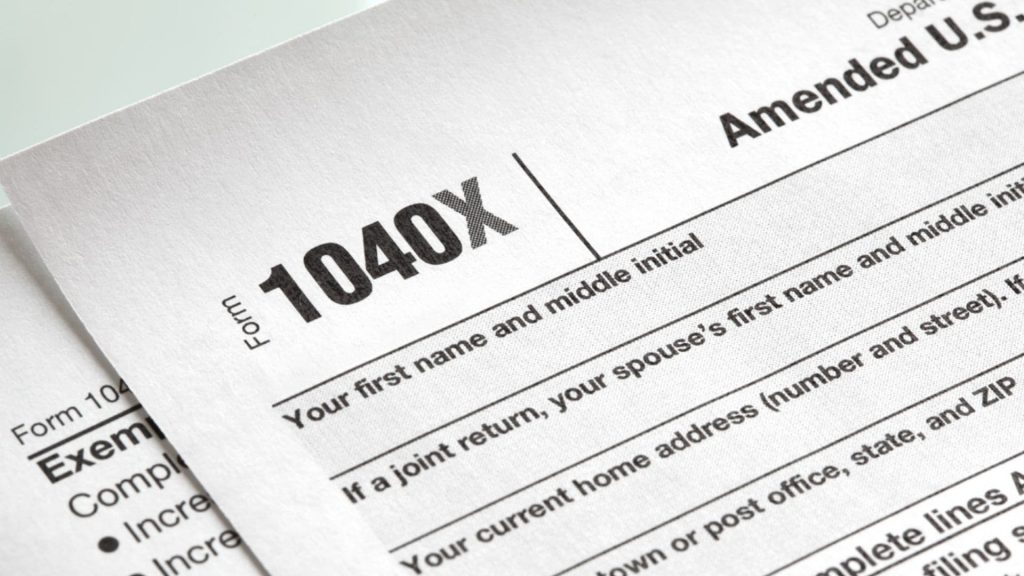
Nobody’s perfect—and when tax season rolls around, even the most careful filers can end up making a mistake on their returns. Whether it’s a math miscalculation, a forgotten form, or an overlooked deduction, it’s crucial to know how to contact the IRS to correct an error on your tax return before that small hiccup turns into a bigger problem. The good news? The IRS deals with tax return corrections all the time, and they offer a few different ways to help you make things right. In this guide, we’ll cover when and why you should reach out, how to get in touch with the IRS, what methods are the most effective, and what steps to follow to ensure your correction is handled smoothly. We’ll also share the difference between minor and major errors, and when you need to file an amended return versus letting the IRS adjust it for you. So, take a deep breath—we’re diving into the surprisingly straightforward world of tax return fixes.
When You Need to Contact the IRS?
Not all tax return errors require immediate action. Here are some examples when contacting the IRS is a good idea:
- You entered the wrong Social Security Number
- You forgot to report income (like a side gig or freelance work)
- You claimed the wrong filing status
- You need to fix dependent information
- You received a notice from the IRS that doesn’t match what you filed
- You accidentally omitted credits or deductions
If your error is a minor math mistake or missing a W-2 copy, the IRS will likely fix it on their own and notify you. But if the mistake changes your tax liability (amount owed or refund due), you may need to take action yourself—starting with a little communication.

Best Ways to Contact the IRS
Here’s how you can reach the IRS to correct an error on your tax return:
1. Call the IRS Directly
The fastest method (with a little patience) is by phone:
- IRS Individual Taxpayer Line: 1-800-829-1040
Hours: Monday–Friday, 7 a.m. to 7 p.m. local time
Be ready with your:- Social Security Number or ITIN
- Filing status
- Tax return copy
- Any IRS letter or notice you received
💡 Pro Tip: Call early in the morning (right at 7 a.m.) or midweek for the shortest wait times.
2. Use IRS Online Tools
If your correction relates to refund status or transcript access, try:
These won’t let you “fix” a return, but they help you verify whether the IRS already caught the issue.
3. Respond to an IRS Notice
If the IRS spotted the error first and sent you a notice, reply directly to that notice with the correction details. Include copies of documentation supporting your position.
Never ignore a notice. Respond by the due date, even if you’re still gathering documents—just let them know you’re working on it.
4. Mail in an Amended Tax Return (Form 1040-X)
If your error significantly affects your tax amount (like forgetting to report freelance income or changing dependents), you’ll need to file Form 1040-X.
Use the IRS Form 1040-X instructions to guide you. You can now file 1040-X electronically for recent years, or you can mail it to the address listed in the instructions.

How Long Does It Take to Fix a Tax Return Error?
- IRS correction (no amended return): Usually 4–6 weeks
- Form 1040-X (paper): 8–16 weeks (can take longer during busy seasons)
- Form 1040-X (e-file): 3–8 weeks
Keep in mind, the IRS may contact you for additional details. If they do, respond promptly to avoid further delays.
How to Avoid Errors in the Future?
- Double-check Social Security Numbers and bank account info
- Use tax prep software or hire a professional
- File early, not in a rush
- Keep copies of all your tax documents
- Check IRS updates for form changes
FAQs
❓ Can I fix a tax return without filing Form 1040-X?
Yes, if it’s a simple math error or missing form, the IRS often adjusts it automatically. They’ll send a letter if they need more info.
❓ What happens if I don’t fix the error?
If the error increases your tax, you may owe penalties and interest. The longer you wait, the worse it gets. Fix it sooner than later.